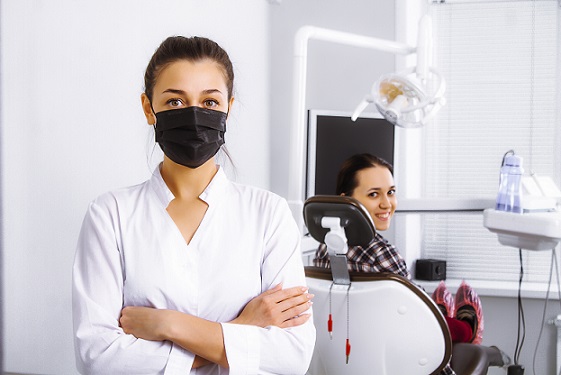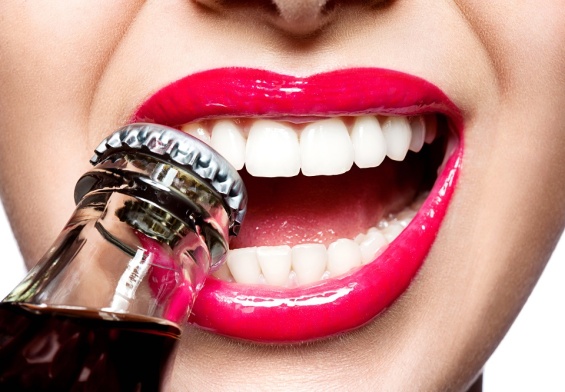After a couple of months of only performing emergency procedures due to the coronavirus pandemic, dentists in many states are preparing to reopen their practices for all procedures. Nevertheless, the environment to which dentists will return will be much different from the one they shut down. In addition to wearing personal protective equipment from head to toe, dentists and their staff will practice a whole new routine when they start seeing patients again.
A Common Thread Among Healthcare Facilities
Many practices are adopting the same procedures used at coronavirus testing sites and doctors’ offices by asking patients to stay in their cars and call when they arrive in order to reduce the amount of people in waiting rooms. Furthermore, patients can expect dental practices to check patients’ temperatures upon entry and even to have to fill out questionnaires regarding recent exposure and symptoms.
Extra Care to Disinfect Patient Rooms
While dental facilities are used to disinfecting patient rooms between appointments, they have to be more careful than ever to ensure that the coronavirus doesn’t spread within their offices. Besides wiping down pens, clipboards, counters and anything else a patient may touch, some staffers are taking extra precautions such as spraying the air with hydrogen peroxide and water.
Unfortunately, dental work can be especially hazardous during a coronavirus epidemic because drilling teeth and spraying water can spread germs very easily. For this reason, some offices are using air filters and spacing out scheduled appointments To reduce the risk of contamination.
A Renewed Emphasis on Personal Protective Gear
While dental healthcare personnel are used to wearing protective gear, this pandemic has renewed the emphasis on full protective gear for anyone dealing with patients. This usually includes at least one mask, gloves and a surgical gown. Since most offices don’t have the resources to change equipment between appointments, staff must do their best to clean it after every patient. Although it’s not unusual for dental workers to be exposed to infections like the flu or the common cold, they usually aren’t at risk for a highly contagious virus that can be deadly. For this reason, dental workers will have to stay current on infection prevention and control practices from established resources such as the CDC’s COVID-19 guidance.
Dentists Will See Less Patients
The changes in protocol means that dental appointments will take much longer than they used to. Therefore, dentists won’t be able to see as many patients. Previously, offices might schedule a half hour for a typical visit. In the new climate, it will take at least an hour to see a patient including all of the preparation.
The Financial Toll
With less appointments per day, revenues could drop by as much as 50%. Some practices may have to lay off staff while others simply may not be able to survive. It could also mean that people won’t have as much access to regular care, making any dental problems worse.
The president of the New Jersey Dental Association, Dr. Tom Rossi, estimates that approximately 20% of the state’s dental practices may remain shut due to the drop-off in revenue over the past couple of months. To make matters worse, new policies and long-term social distancing may continue to chip away at their bottom line. Indeed, many practices cannot operate at reduced volume because they lose money at 75% or even 85% of capacity.
Although New Jersey’s Gov. Murphy announced that elective and invasive medical and dental procedures can resume on May 26, the sad truth is that many dental practices probably won’t stay afloat if they have to operate at a fraction of their normal capacity.
What’s become clear is that dental care facilities have a renewed responsibility to weigh the demand for services against the clear risk to both patients and their staff. While dental offices adapt to the new landscape, their staff will need to stay informed regarding current COVID-19 state and local health department recommendations, especially for high-risk segments of the population. As areas of our country try to return to business as usual, dental offices will have to embrace new safety protocols and remain vigilant in order to provide the same high level of care without endangering patients or the people who work there.
References
https://success.ada.org/en/practice-management/patients/infectious-diseases-2019-novel-coronavirus
https://www.cdc.gov/oralhealth/infectioncontrol/statement-COVID.html




